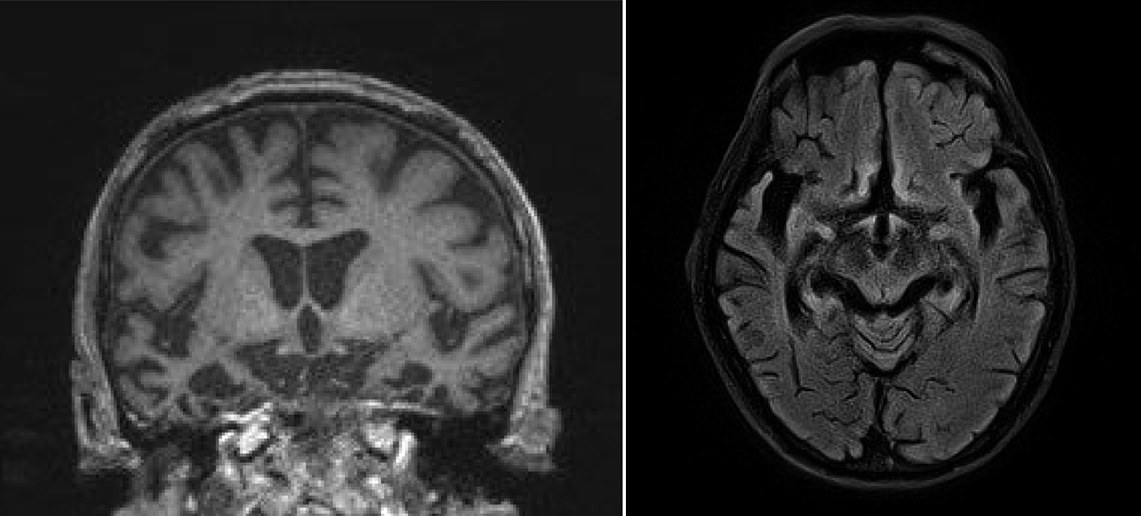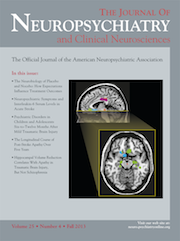This patient showed typical clinical characteristic of SD, with impairment of confrontational naming and difficulty in word comprehension. He also showed evidence of “associative” prosopagnosia,
7 characterized by losing personal general knowledge but intact facial encoding process. Brain MRI was also consistent with changes seen in SD. The patient fulfilled recent proposed criteria for diagnosis of Semantic Dementia.
4In surface dyslexia, which is characterized by over-reliance on phonological response to orthographical correspondences, patients usually show impaired ability to translate irregular orthography to phonology. This is frequently reported in SD patients with an English-speaking background. This is possibly due to SD patients’ loss of the semantic knowledge of visual orthographical or lexical representation of words at the visual ventral pathway, caused by temporal lobe dysfunction,
8 and thus, reliance on the phonological responses via the visual-dorsal pathway. Previous reports suggested that the Chinese version of “surface dyslexia” could be observed in Chinese-speaking SD patients.
9–11 The Chinese language is an ideographical, nonphonetic language; it does not have the grapheme–phoneme correspondence (GPC) seen in alphabetic language. In Chinese, each character is formed by radicals and components, with an independent semantic meaning. Reading disorder reported in Chinese SD patients is characterized by the tendency to read only the component or radical, rather than the whole word. This was described as the Chinese version of surface dyslexia.
9–11 Our patient is characterized by complete loss of his ability to read or recognize any Chinese characters, including the common, low-stroke, high-frequency words. Those words are common components seen in other, higher-stroke Chinese characters. Our SD patient model supports Chinese language as a language that does not support grapheme–phoneme correspondence, in keeping with recent findings that orthography in Chinese is more important in accessing semantics than is phonology,
12,13 and phonology-processing in Chinese is distinctive when compared with alphabetic language.
14Thus, this suggests that “surface dyslexia” is not an appropriate term to describe reading disorder in Chinese SD patients, as there is no GPC involvement in Chinese reading. Direct translation or application of the linguistic model from alphabetic language into Chinese language has a limited role in these circumstances. We suggest that, probably, “lexical alexia,” is more appropriate in this clinical context.


